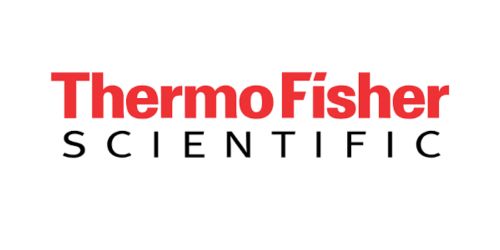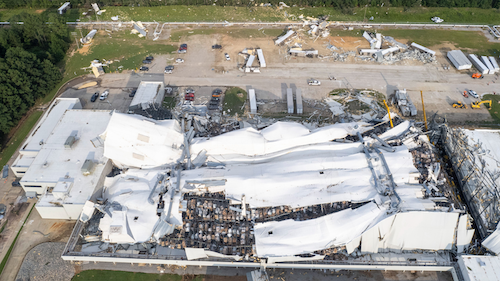
12/11/2023
New Thermo Scientific KingFisher Apex Dx system and Applied Biosystems MagMAX Dx Isolation Kit improve preanalytical workflows for clinical laboratories.
CARLSBAD, Calif.–(BUSINESS WIRE)– Thermo Fisher Scientific Inc., the world leader in serving science, today announced the launch of the Thermo Scientific™ KingFisher™ Apex™ Dx, an automated nucleic acid purification instrument, and Applied Biosystems™ MagMAX™ Dx Viral/Pathogen NA Isolation Kit for the isolation and purification of viral and bacterial pathogens from respiratory biological specimens. Together these products provide laboratories with an in vitro diagnostic (IVD) and in vitro diagnostic regulation (IVD-R) approved automated sample preparation solutions for increased confidence in downstream results.
Clinical laboratories that perform respiratory testing need to generate the highest quality results. To meet their needs, the high-throughput, versatile KingFisher Apex Dx system enables scientists’ labs to recover quality nucleic acids for sensitive downstream applications with maximum consistency, reproducibility, and reliability. The system is designed to be a part of a modular sample preparation to real-time PCR analysis workflow* providing precise results, accurate data management, and robust security features that meet cybersecurity and diagnostic regulatory standards. Additionally, the MagMAX Dx Viral/Pathogen NA Isolation kit offers advanced formulation to ensure reproducible results and is automation compatible with the KingFisher Apex Dx.
“The KingFisher Apex Dx system builds on decades of product expertise and innovation customers have come to trust in our KingFisher instrument line,” said Ellie Mahjubi, vice president and general manager, sample preparation at Thermo Fisher Scientific. “The combination of the Apex Dx system and the MagMAX Dx Viral/Pathogen NA Isolation Kit further simplifies sample preparation for clinical labs so they can have confidence in downstream results when testing for respiratory diseases.”
The KingFisher Apex Dx system automates the extraction of up to 24 or 96 DNA, RNA, protein, or cell samples and transitions from clinical research to diagnostics by offering research use only (RUO) and IVD software modes. It can be integrated with a Laboratory Information Management System (LIMS) or Laboratory Information System (LIS) via Diomni Enterprise Software for enhanced data management and workflow optimization.
The MagMAX Dx Viral/Pathogen NA Isolation Kit offers a new advanced formulation to maximize nucleic acid yield from routinely tested respiratory pathogens such as S. aureus, M. tuberculosis, influenza, RSV, and SARS-CoV-2. This kit also helps laboratories meet greener policies with REACH-compliant components and responsibly sourced packaging.
For more information including technical specifications, applications, and consumables, please visit www.thermofisher.com/kingfisherapex and MagMAX Dx Viral/Pathogen Nucleic Acid Isolation Kit. The MagMAX Dx Viral/Pathogen NA Isolation Kit is currently available in North America and coming soon to other regions.
*Enable in Diomni Integrated mode with QuantStudio 5 and 7 Pro Dx Instruments
For In Vitro Diagnostic Use. Regulatory requirements vary by country. Product may not be available in your geographic region.


